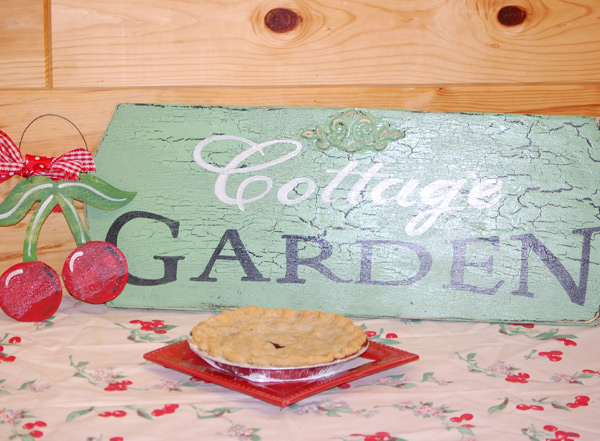

Feb 22, 2011Time to make donuts, sell them at your market
Baked goods are a top draw for farm markets. In addition to opening a new revenue source, adding a bakery will bring in a new set of customers.
But where do you start? How much space do you need? What will you serve? What equipment do you need? These are all questions bakery consultant Joy Grose answered during the 2010 Great Lakes Fruit, Vegetable & Farm Market EXPO in Grand Rapids, Mich., in December.
“As a bakery consultant, I love to design bakeries for farm markets and garden centers,” Grose said. “Usually, the client will give me dimensions of a space to work with, and I lay out the needed equipment and floor space. You can plan a bakery for today and know that you can expand in the future.”
So, what is the most profitable baked good a farm market can add? According to Grose, donuts are far and away the best addition for revenue. From there, expanding into other products is a matter of planning. The most important thing to remember is that, even though you’re starting small (for example, donuts and coffee) you need to leave room to expand in the future.
“Some markets want to do phases for expanding their bakery space,” Grose said. “This is great, as long as you keep in mind that you will need the space to do it in. Once you start serving donuts and coffee, more customers will find out and they will bring their neighbors. Then, they will start asking for pies, muffins and breads. Once you start serving those baked goods, your customers will ask for a light lunch, so you might want to put in a café. Each of these phases will need more space, equipment and employees.”
Grose gave examples of the phases she spoke about. She said the basic necessities for any bakery include washable floors and walls, a proper amount of sinks to cover all sanitation needs, an exhaust hood with fire suppression and proper lighting. From there, the bakery project goes into phase one of her general plan. Phase one includes a donut maker, two 6-foot stainless steel tables, baker’s cooling racks, a 20-quart mixer, microwave and coffee maker. Also included are appropriate shelving, utensils and pans.
Grose’s second phase adds convection ovens, more tables and utensils, as well as a display case. This phase will allow you to add pies, cookies and other baked goods. Her third phase went into grilled sandwiches, soups and desserts, with the addition of a grill and stove, deli refrigerator, soup pots and a soft-serve ice cream maker.
You have to plan everything out very carefully, Grose said. No matter how big or small you make your operation, no matter what you do, do it well.
Once you start a small bakery, you can expect it to grow each year, Grose said. Listen to your customers and offer signature products they can’t find anywhere else. She also stressed the importance of letting the customer see what you’re doing.
“It is important to keep your bakery as open as possible,” she said. “Let the customer see and smell what you’re doing. Let them see your story. It is part of the experience that makes for success.”
– By Derrek Sigler














